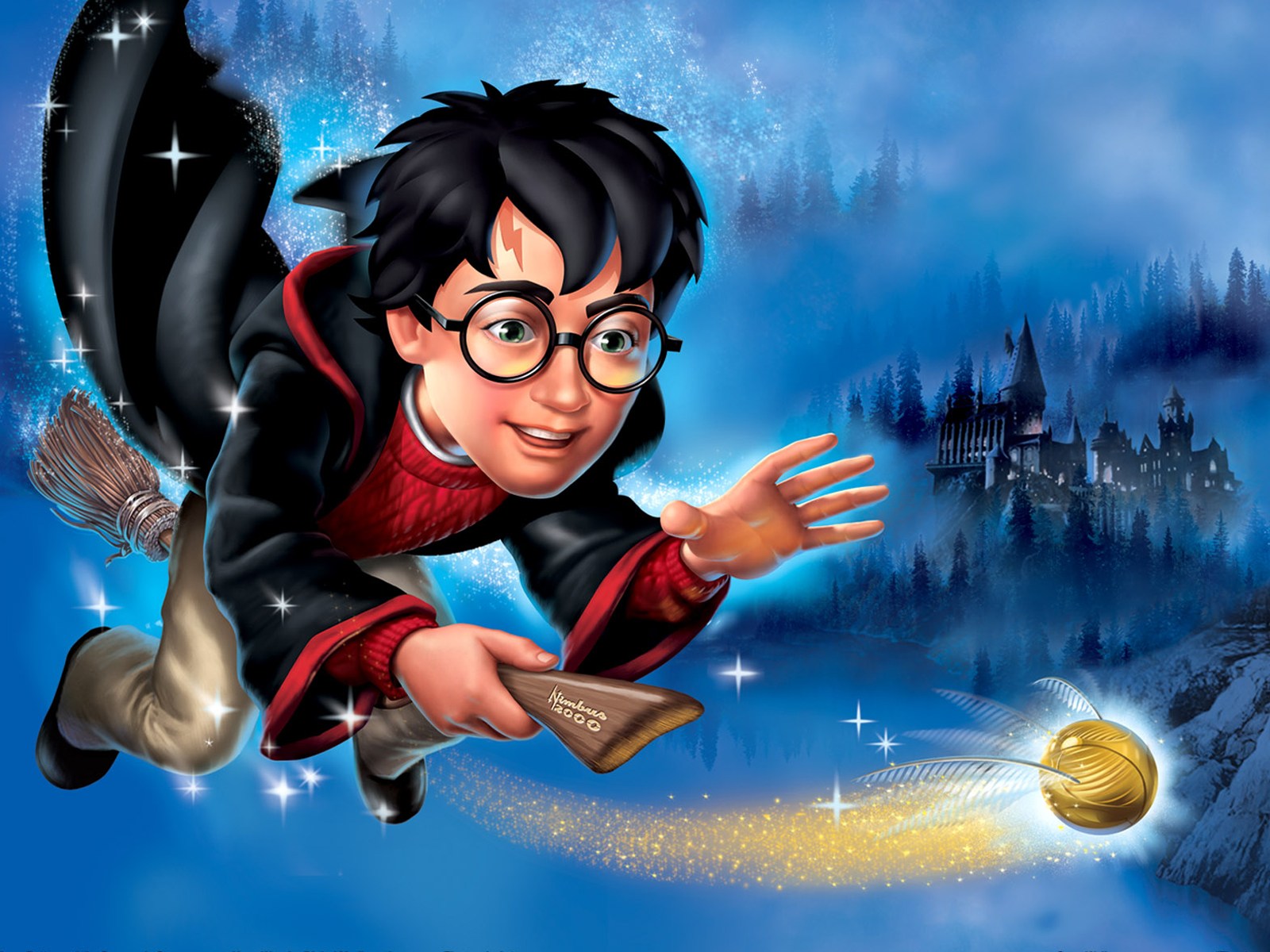
Today I learnt about Taxonomy. The first system I encountered was the Linnaeus , which is a ranked based scientific classification.
When Linnaeus wrote the Imperium Naturie, he divided it mainly into 3 Kingdoms- Animal, Vegetable and Mineral. He further sub-divided the Animal Kingdom into 6 Classes, the Vegetables into 24 Classes and the Minerals into 3 Classes.
The most important aspect of the rank based scientific classification is the use of Binomial Nomenclature; the combination of a Genus name and a second more specific Species. Ultimately, all organisms will have a specific classification with no overlap between species.
A more modern system of classification places all organisms in one of the six kingdoms- namely Animal, Plant, Protists, Fungi, Bacterium and Archaebacterium.The kingdoms are subdivided into many Phyla ( Singular Phylum). Each Phylum is divided into Classes, each Class into various Orders. The Orders will be further grouped into Families, which will be further divided into Genus. The final and specific group will be the Species. All organisms will have a scientific name with the Genus followed by the Species (An important note is when writing the Genus and species, the name is usually italicised with the Large Cap for Genus and a small cap for species ) A mneumonic that can be used to remember the classication from top-down is “ King Phillip, Come Out For Goodness Sake!) - Kingdom, Phyla, Class, Order, Family, Genus and Species.





